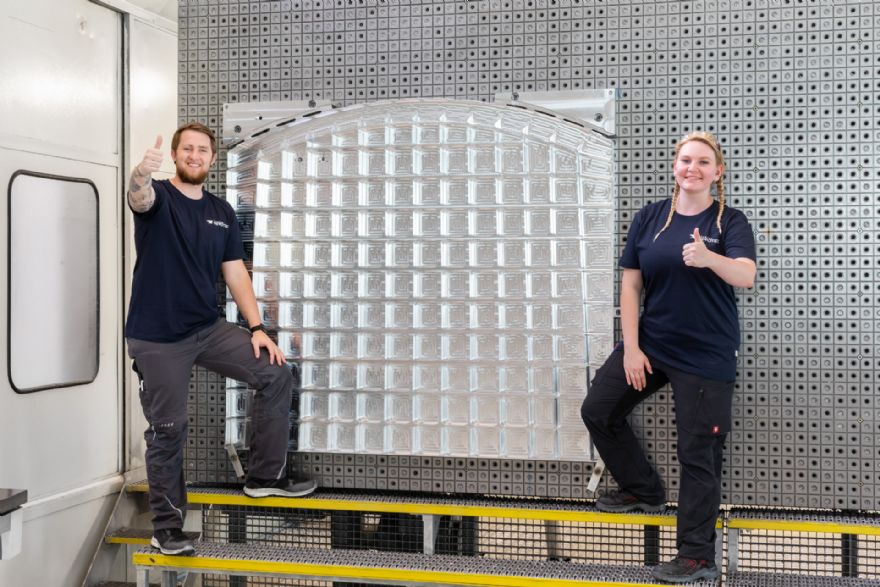
On 25 June, Airbus’s German manufacturing subsidiary — Premium Aerotec, which is based in Augsburg — commenced production of the first Rear Centre Tank (RCT) for the Airbus A321XLR.
The RCT, which is unique to the new long-range A321XLR, is a permanently installed high-capacity fuel tank that makes maximum volumetric use of the aircraft’s lower fuselage.
The RCT structure, which is integrated in fuselage Sections 15 and 17, is located behind the main landing gear bay and holds up to 12,900 litres of fuel; this is more than several of the optional Additional Centre Tanks (ACTs) combined could hold previously in the A321 Family.
Moreover, since the RCT takes up less space in the cargo hold, it frees-up under-floor volume for additional cargo and baggage on long range routes (up to 4,700nm).
Premium Aerotec was commissioned by
Airbus in September 2019 to manufacture the RCT and will complete the structure’s sub-assembly over the next few months.
This involves production of the other RCT parts, followed by structural assembly, systems equipping and testing prior to delivery to Airbus’s major component assembly facility in Hamburg early next year.
In addition to the dedicated RCT, other key changes for the A321XLR include a modified landing gear for an increased maximum take-off weight (of 101 tonnes), uprated brakes, and an optimised wing trailing-edge flap configuration to preserve the same take-off performance and engine thrust requirements as the A321neo.
To date, 24 customers have ordered a total of more than 450 A321XLRs. Flight-testing is due to start in 2022, and service entry from 2023.